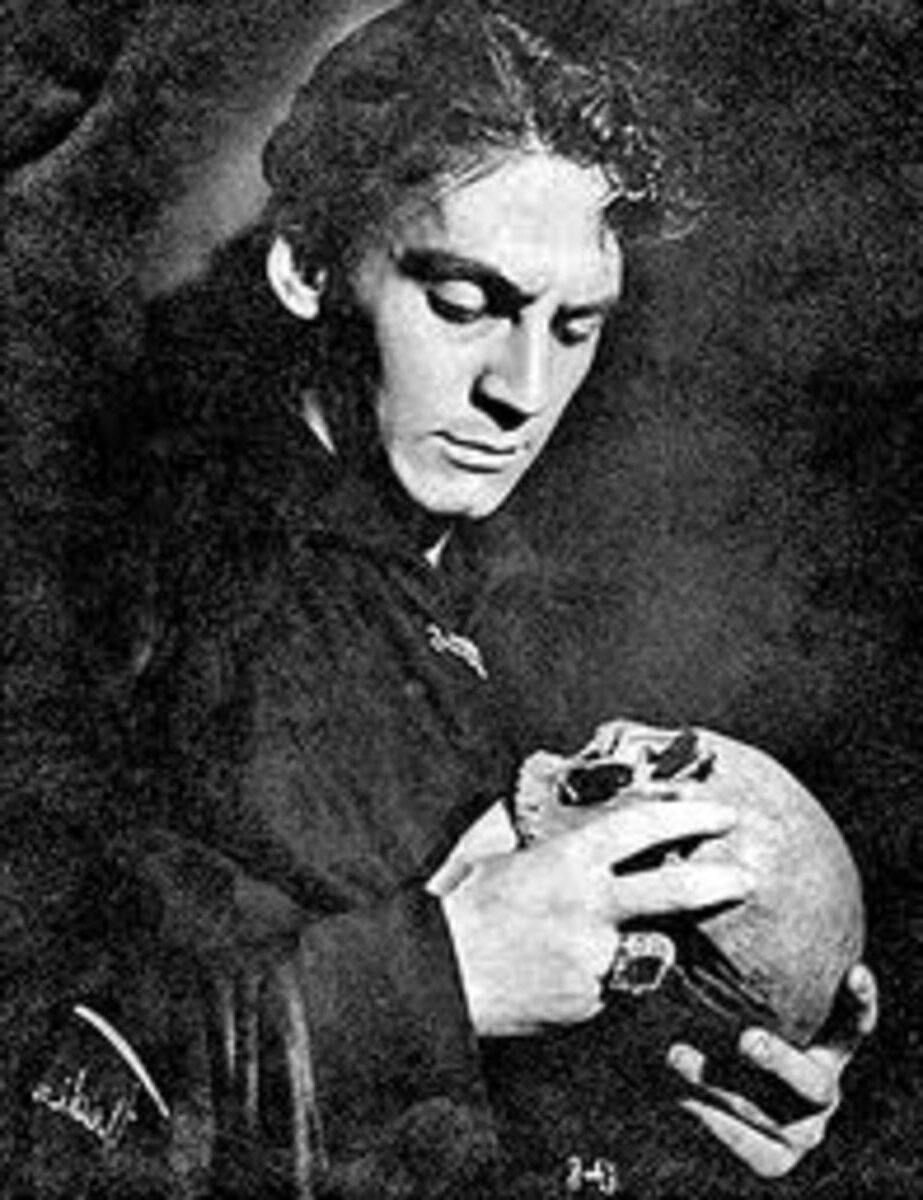THE WOUNDED HERO

And spur my dull revenge."
Is the crisis of men’s mental health a modern day plight, or have we simply failed to address the damaged male ego throughout history?
How can men truly heal their “Fisher King wound” find their ‘magical’ self and still maintain their masculinity with purpose, compassion and creative endeavour?
This article will draw on three texts which explore the issue of male ego and masculinity through the medium of story.
Shakespeare’s Hamlet is perhaps the most iconic story of the sickness that can descend on a man when placed in a position of impotence and shame. In “Iron John” Robert Bly uses an ancient folk tale to illustrate the way masculinity and access to masculinity has changed over the course of the 20th century. Finally, “The Fisher King and the Handless Maiden,” a psychological exploration of wounded ego states by Robert A Johnson, again uses folk tales to understand how healing can take place.
THE WOUND
First of all consider that quote from Hamlet’s soliloquy. “All occasions,” is a phrase indicating the desperation of Hamlet’s situation. He believes himself responsible for so much harm. He is filled with shame, racked with guilt and experiences an intense feeling of helplessness and inadequacy. He is impotent, a word we have come to associate with a loss of sexual function, but even that is a metaphor relating to men’s most basic biological purpose. Hamlet goes on to ask the question “what is a man,” and concludes that with no other purpose than to eat and sleep he is no different to an animal. He suffers such a deep depression that he feels no meaning or value in his existence. This is a feeling foreshadowed by Hamlet’s speech in the company of Rosencrantz and Guildernstern in Act 2 Scene 2 where he makes the clear and concerning statement: “man delights not me.” At this point in the play Hamlet is losing his sense of identity, his mind (his quite brilliant, creative and playful mind) is beginning to fracture.
In the film “Withal and I”, Richard E Grant recites this speech at the end of the story as his closest friend, Marwood, leaves to begin a new acting job. Withnail is a character massively flawed, but lovable and comedic. However, without his friend he is finally revealed to be a tragic and broken man. The story of Withnail and I was written and directed by Bruce Robinson and is a homage to his university friend Vivian MacKerrell, who tragically committed suicide. Originally Robinson was going to have Withnail also commit suicide at the end of the story, but he changed this as it was felt to be too much. However, we do get a sense of the darkness descending on Withnail as his friend leaves him behind. Without his confident and ‘partner in crime’ Withnail is powerless and his life lacks meaning and value.
This is the Fisher King wound as described by Robert A Johnson in his exploration of the wounded male and female ego states. In his book he uses folk tales to explore the hurt and resulting powerlessness experienced by both men and women, however, for the purpose of this article I will focus largely on the wounded male ego.
To be continued.
